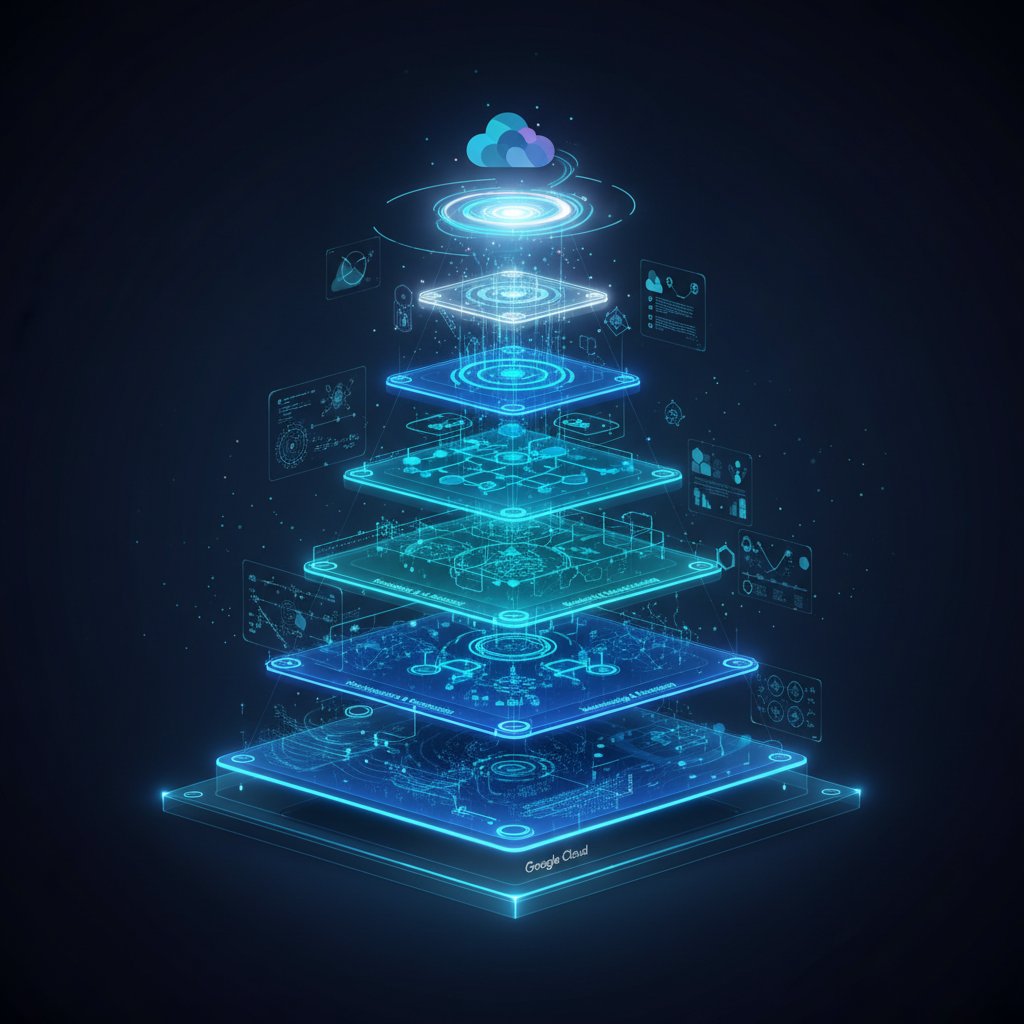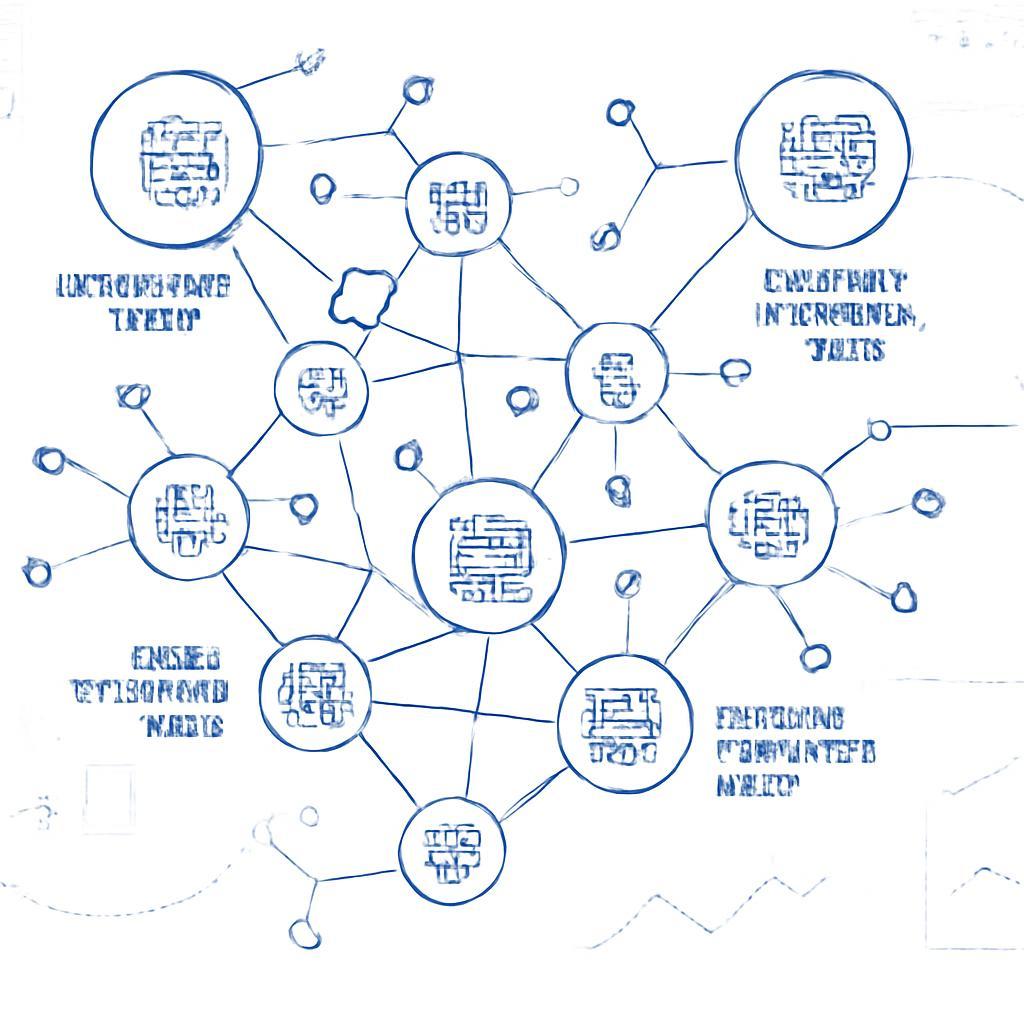Category: AI Framework
-

Google Cloud’s Revolutionary Agentic AI Framework: How the 5-Level Architecture Is Transforming Enterprise RAG Systems
The AI landscape just experienced a seismic shift. In November 2025, Google Cloud released a comprehensive 54-page technical guideline titled “Introduction to Agents” that fundamentally redefines how enterprises approach artificial intelligence. This isn’t just another incremental improvement—it’s a complete paradigm shift from passive AI systems to autonomous agents capable of reasoning, planning, and executing complex…
-

How to Build Production-Ready RAG Systems with OpenAI’s Swarm Framework: The Complete Multi-Agent Enterprise Guide
When OpenAI quietly released their Swarm framework on GitHub, most developers dismissed it as just another experimental tool. But beneath its deceptively simple API lies a paradigm shift that could revolutionize how we build enterprise RAG systems. While traditional RAG architectures struggle with complex, multi-step queries that require different types of reasoning, Swarm introduces a…
-

How to Build a Multi-Modal RAG System with Microsoft ORCA: The Complete Enterprise Implementation Guide
Imagine walking into a manufacturing facility where quality control engineers can simply photograph a defective part, ask “What caused this failure?” in plain English, and instantly receive detailed analysis combining visual inspection data, historical maintenance records, and engineering specifications. This isn’t science fiction—it’s the reality that Microsoft’s ORCA (Object-Relational Concept Alignment) framework is making possible…
-

How Microsoft’s Semantic Kernel Agent Framework is Revolutionizing Enterprise RAG Architecture
When Microsoft announced their Semantic Kernel Agent Framework in July 2025, most enterprise AI teams missed the bigger picture. While everyone was focused on the technical specifications and workflow capabilities, they overlooked what this really represents: the first enterprise-grade solution that bridges the gap between traditional RAG systems and autonomous agentic AI. Here’s the challenge…
